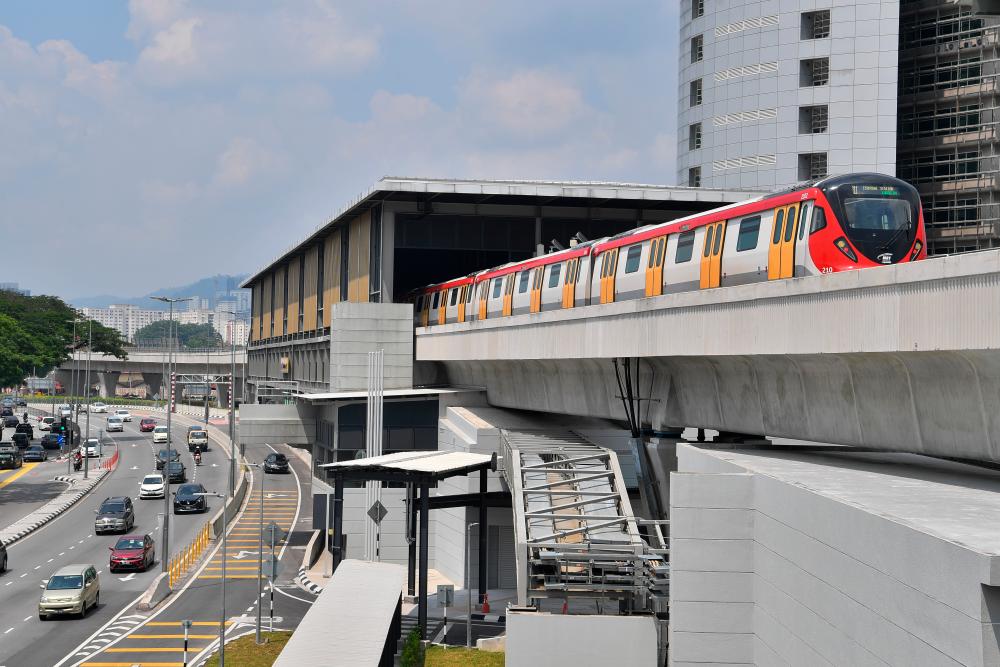PETALING JAYA: Transit Oriented Development (TOD) in Malaysia could become an exclusive enclave for high-income communities if the trend continues unchecked, said Universiti Malaya Department of Urban and Regional Planning senior lecturer Dr Teh Bor Tsong.
He said ensuring TOD projects are inclusive and affordable for all income levels is crucial to avoid the emergence of exclusive, high-income districts and to achieve the broader goals of equitable urban development.
TOD is defined as a land use solution that encourages mixed developments around public transit systems designed to maximise access to public transport, promote sustainable living and focus on creating quality pedestrian-centric environments.
There are 21 TODs in the Klang Valley, with an additional 13 new projects planned for Selangor and 12 for Kuala Lumpur.
“Currently, neighbourhoods around major transit hubs in the Klang Valley, like KL Sentral and Bangsar, are mainly characterised by high-end condominiums and luxury apartments, with some being priced at RM700,000 per unit.
“If this trend persists unchecked, TOD in our city could create an urban environment that is accessible only to wealthier residents.”
He said land with good accessibility, including public transport access, tends to have higher value as the proximity to public transit hubs enhances convenience for residents and workers, reducing travel time and costs associated with commuting.
“Additionally, the land around public transit hubs is often relatively small and constrained due to high demand and limited space. This scarcity of available land drives up real estate prices, making housing in these areas notably expensive.”
Teh said studies have shown that communities living or working around public transit hubs are more likely to use public transport services compared with those living further away.
“As town planners advocate and design more integrated mixed-use developments around public transit hubs, especially in the Klang Valley region, this will stimulate both population and employment growth.
“Consequently, we can expect a shift in transport habits, with an increasing number of city residents opting for public transport over private cars. This shift not only alleviates traffic congestion but also promotes a more sustainable and efficient urban mobility system,” he said.
Another senior lecturer from the Urban and Regional Planning Department, Dr Noor Hashimah Hashim Lim, said as Malaysia’s urbanisation rate is showing an upward trend, that is expected to reach 80% in the near future, it indicates that a growing number of people will be concentrated in urban areas.
“As the population grows, ease of access and accommodation will become increasingly important. Given that we are becoming a private vehicle-dependent country, I agree that we should aim to enhance public transport efficiency,” she said.
However, Noor Hashimah pointed out that the current situation in Malaysia is that only the capital city offers a wide range of public transport modes compared with rural areas.
“This situation creates a high demand and sort of an ‘exclusivity’ in our capital city, because it is the only area that provides a good mix of transport choices.
“Consequently, the high demand drives up land values in the area. This partly explains why areas with good access to public transport and a variety of transport choices tend to have higher housing rental rates and prices.”
Noor Hashimah said for Malaysia to incorporate TOD into urban planning, it requires collaborative effort from multiple ministries and stakeholders due to the significant implications and considerations involved.
“The key is to achieve balanced growth and a healthy mix of public transport in other planned conurbations, such as Johor Bahru, Kuantan and George Town, rather than concentrating solely on our capital city,” she added.









